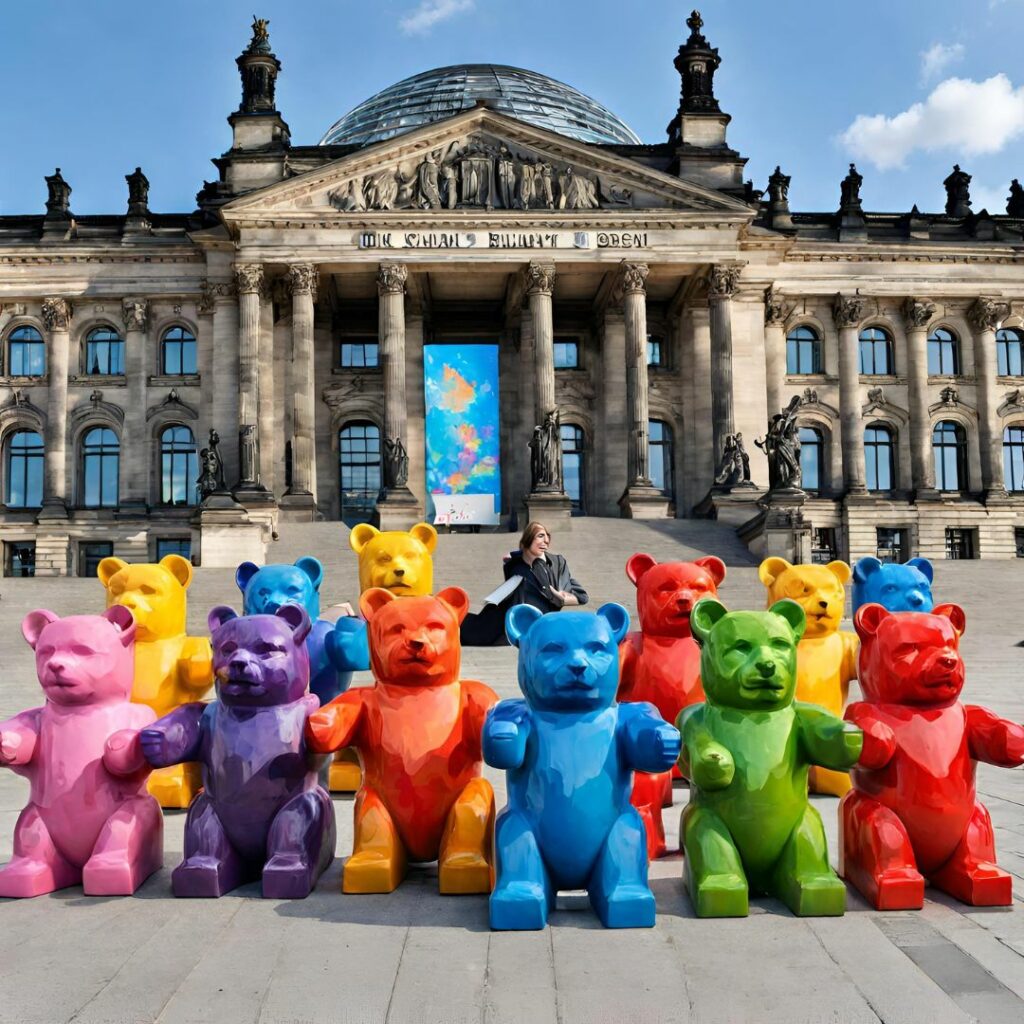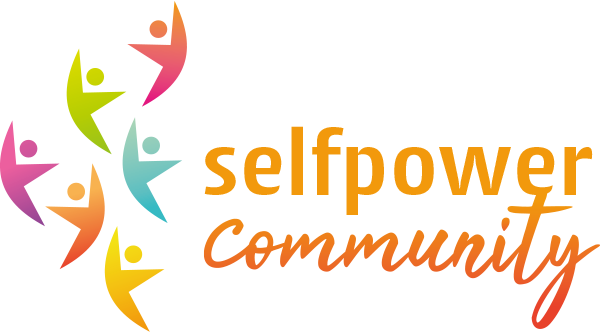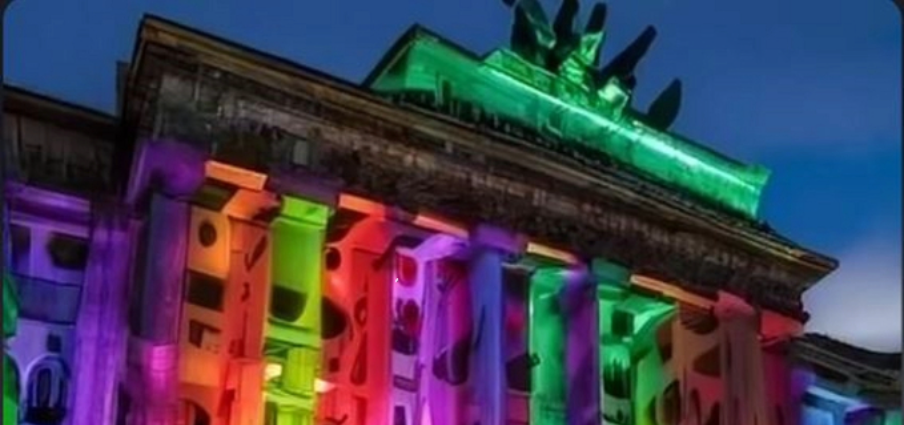69- 02/11/2023 Better represent diversity, create access opportunities for marginalized communities, shape a more inclusive world! In Berlin, the “Diversity Arts Culture” design and consultancy agency has set itself the missions of supporting under-represented artists and professionals and expanding audiences. Its Communications Officer, Cordula Kehr, explains to Selfpower-community how art combined with empowerment can reshape the very fabric of society…
Why are arts and culture privileged areas for combating discrimination, inequality, and underrepresentation of certain groups?
Cordula Kehr : Arts and culture reach a lot of different people on an emotional level and have the potential to make us question ourselves and the society that we live in. They do not teach or preach, but let us discover the possibility and necessity of change on our own. They also tell stories that we haven’t heard before and allow us to see the world from a different point of view. Moreover, they are a sort of laboratory in which we can try out different forms of living together.
Diversity Arts Culture started its work in 2017 with a team of three people. Right now we are 11 doing this task. But it’s still a small team for the number of publicly funded cultural institutions in Berlin. This sector doesn’t represent our diverse society enough. We need to create more access opportunities for marginalised communities who want to work in the cultural sector or experience it as audience.
Today we receive around 200 requests for consultation per year from all over Germany: from small ones like “we want to make a program for deaf people, how can we reach them?“ to bigger questions like “our whole institution wants to diversify its publics. Where do we start?”

Do you have any examples of the positive influence of your action on discrimination?
C.K. : At the moment I can’t give you a best practice example, because I think most institutions in Berlin just started the process. If you follow their activity very closely, you can see the change. But it’s difficult to point at something and tell you that this is a very good example. If you compare theatres and museums, you can say that the museum world seems to enter into this discourse slower, but it is farther ahead concerning questions of accessibility for people with disabilities. All in all, it’s going to take longer to see bigger results.
Regarding artists, we conduct surveys with those who join our empowerment programs to evaluate them. Some get evaluated by so called “critical friends”, cultural workers with a background in research that have experience in diversity change management and anti-discriminatory work. Others haven’t been evaluated yet, because their effects will be long term, in a few years.
Which marginalized communities are concerned by your action ?
C.K. : In Germany we have a law called “ General Act on Equal Treatment“ that implements the European Directive. The legislator identified 6 categories of discrimination : age, disability, gender, sexual orientation, race and ethnicity, religion and belief. Because we didn’t want to choose arbitrarily, which communities are marginalized, we based our work on this legislation even though there are other discriminations that play an important role in the Berlin cultural sector, for example beeing born in West Germany or in East Germany. Sur ce plan there is a big difference in terms of economic background and opportunities.
Actually, we focused a little bit on disability and on race because a study “Handlungsoptionen zur Diversifizierung des Berliner Kultursektors” said that people with disabilities and people with different racial backgrounds have more difficulty to access the arts and cultural sector. So we focused our work on these two groups, but we try to include different perspectives as well.
From diversity to inclusion
through empowerment
1- Recognising differences based on
– age,
– disability,
– gender,
– sexual orientation,
– race and ethnicity,
– religion and belief…
2- Giving people the resources they need to shape their own future3- Adopting more inclusive social norms
Are centers conscious of their own discrimination?
C. K : I believe the majority of people has no intention of causing harm to others, but there are some who think that they are superior or that the majority is more important than minorities. Discrimination is very embedded in our culture, in certain ways of thinking and expressing. Frequently the vocabulary changes, the words minorities use to describe themselves change, we have to keep up with that development. In our team, we have different experiences, different knowledge on racism, disability, gender. That is vital to our work. If cultural institutions want to diversify their workforce, we encourage them to describe themselves in their job advertisement: ” Do your team members have different racial backgrounds? Are you all people without a disability?” And so on. That can look like this: “We are at the moment an all white team, but we are looking to diversify ourselves and we visited some diversity workshops in order to be more sensitive of diversity”.
What kind of services do you offer?
C.K. : We offer consultation for cultural institutions on diversity development, e.g. how to design a diversity-oriented recruitment process or an inclusive work environment ? We offer diversity trainings on different topics for artists and cultural workers. We invite marginalised artists to attend workshops e.g. on questions like how to write a grant application or an artist statement. Those workshops have the most empowering impact although the anti-discrimination consultation that we have been offering since last year is also very important. Furthermore, we advise the Senate of Culture on inclusive measures, e.g. how to distribute funding fairer.

Do different artistic practices such as theater and painting act differently in the fight against discrimination?
C.K. : In the performing arts, there are more initiatives fighting for better working conditions than in other sectors. Perhaps because your main working tool is the body and that involves questions of physical and emotional boundaries. There was a lot of sexism in the theatre and cases of sexual violence that mobilized people. Actors launched initiatives against sexual harassment in theatres. Resonating with the #Metoo movement, they were fed up working with sexist structures in the theatre. Another reason is that we had a huge debate in the theaters about working conditions and fair payment.
What are the main obstacles you face?
We only work with cultural institutions that are interested in diversity and want to change their structures. That’s why we rely on their voluntariness and so the change we initiate is very slow. More change could be achieved through mandatory quotas or funding that depended on certain diversity-related measures. But quotas should only be a temporary solution. The Berliner Theatertreffen, which is an important German theatre festival, that awards ten theatre productions each year, had a 50 % female director quota for five years. Not only did the quota help promote the work of female directors but it was an impetus for a debate and it helped the jury of the festival to shift their focus and consider more female productions.
Making the world a better place !
I think that what we do has a lot of impact on the society because people are inspired by things that happen in the art sector. We look at the world from a different angle, with the lens of diversity.
Cordula Kehr
Right now we are also trying to make institutions participate in the empowerment process through workshops, trying to give marginalized people the skills to access the culture and art sector. But another goal would be to encourage institutions to focus on their employees empowerment.
And your main projects?
C.K. : In collaboration with the Berlin Senate we have a funding program called “Diversitätsoffensive” that supports five Berlin cultural institutions in a diversity change process. A part from that we have a lot of smaller projects like a diversity-oriented training program for juries or a survey to determine the needs of marginalised artists in the application process of different funding programs.
Interview conducted by Marie-Georges Fayn





En postant un commentaire sur www.selfpower-community, vous acceptez les règles de l’espace réaction et reconnaissez à www.selfpower-community la capacité de ne pas publier certaines contributions sans avoir à motiver cette décision.
prendre connaissance des règles